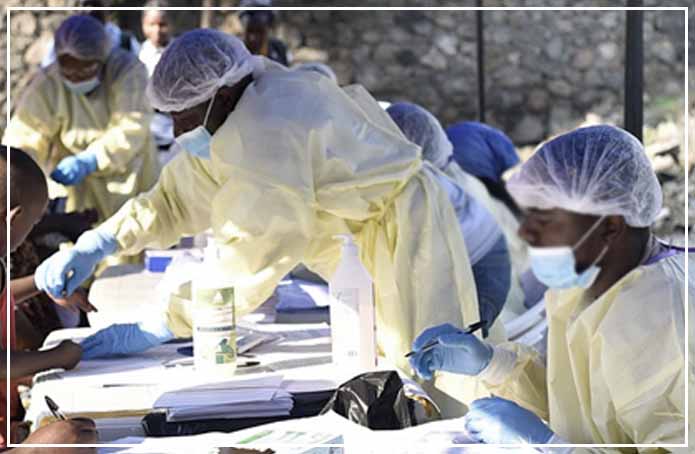WHO Director-General Dr. Tedros Adhanom Ghebreyesus had declared the Ebola virus disease (EVD) outbreak in the Democratic Republic of the Congo (DRC) a Public Health Emergency of International Concern (PHEIC) on July 17, 2019. WHO declares global emergency only when it is a threatening affect on other countries and have a need of coordinated international response.
This is the fifth time in history when WHO has declared a public health emergency. Earlier declarations were for the devastating Ebola outbreak in West Africa in 2014-2016 that took lives of more than 11000 people, spread of Zika virus in Latin America, 2009 Swine flu epidemic and for polio in 2014. Now in 2019 due to spread of Ebola Virus which had taken lives of 1700 people. This deadly Ebola virus now threatens to affect neighboring nations and communicate a disease to millions of people.
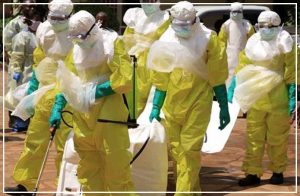
The deadly virus has now spread to Goma city having a population of 2 million people, which is home to almost two million people. Goma also shares a boundary with Rwanda and has an international airport.

There was also need to declare emergency as it could warn other countries of this alarming situation by this dreadful disease which could make other nations alert and their government could take a preventive measure by shutting down all the international borders. Secondly, this declaration of a global health emergency would also help in getting financial and technical support.
Ebola Outbreak : Countries at most risk
WHO has listed the countries which are most at risk of Ebola outbreak include Rwanda, Uganda, South Sudan and Burundi. Little less risk countries by the deadly Ebola virus include Republic of Congo, Central African Republic, Angola, Zambia and Tanzania.
Ebola outbreak : Cases in Congo and threat to neighbouring countries
Ebola outbreak was first reported in Congo in early 2018. The virus was largely contained in two northeastern provinces of Congo. However, the virus has now threatened to spread into one of Congo’s heavily populated cities, Goma and also into neighboring nations.
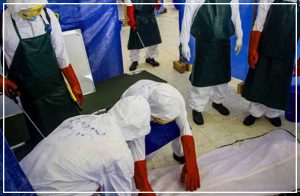
The first Ebola case was reported in Goma in the 2nd week of July and last week a family reported to have brought the virus into Uganda after they attended a burial of an infected relative in Congo. Goma is close to Rwanda and also has an international airport, so high chances to get infected. It could be an epidemic alarm.
What is Ebola Virus?
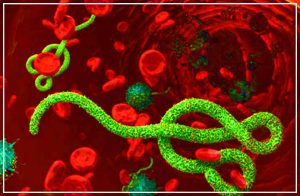
Ebola Virus cause a rare and deadly disease which is often fatal. It not only infects humans but also other primates including monkeys, gorillas and chimpanzees. The Ebola Virus genera include 6 species (Zaire, Sudan, Taï Forest, Bundibugyo, Reston and Bombali viruses). The current outbreak belongs to Zaire ebolavirus species.
Ebola Virus: Origin
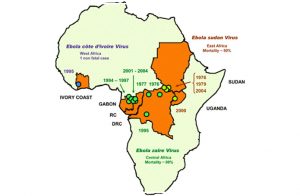
This disease first appeared in 1976 in a village near Ebola River and from there the name has been taken. Ever since then, this virus has been infecting people from time to time, leading to fatal Ebola outbreaks across African nations. It is still not identified from where Ebola virus comes from. Scientists, believe that the virus is animal-borne, with bats being the most likely source. The bats carrying this virus can transmit it to humans and monkeys.
Ebola Virus: How does it spread?
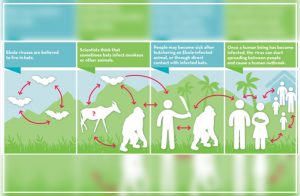
The deadly Ebola Virus spreads from human to human through direct contact with body fluids and blood of the Ebola Virus infected person, even by the body fluid of dead Ebola Virus infected person. The virus also spreads through contact with items contaminated by body fluids of Ebola Virus infected person. The virus infects a new host through broken skin or mucous membranes in the eyes, nose or mouth and even by sweat.
Ebola Virus Symptoms
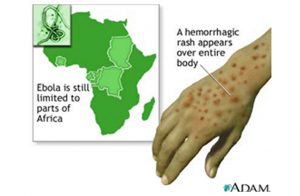
A person infected with this Ebola Virus has the incubation period, that is, the time interval from infection with the virus to onset of symptoms, is from 2 to 21 days. A person infected with Ebola cannot spread the disease until the infected person shows the symptoms.
The symptoms of Ebola virus infection include abrupt fever, fatigue, sore throat, weakness, eye redness, joint and muscle pain, headache followed by nausea, vomiting, diarrhea, rashes, impaired kidney and liver function, internal and external bleeding (blood in stools or from the gums). Pathological findings include low white blood cells and low platelets counts and elevated liver enzymes.
Ebola Virus Diagnosis and Treatment
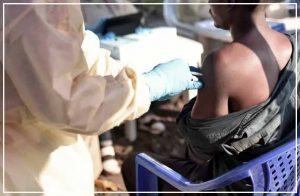
It is very difficult to clinically distinguish Ebola Virus Disease from other infectious diseases as the symptoms are almost similar, there are no specific symptoms. Similar symptoms appear in many other diseases. Hence, certain diagnostic tests are done for the confirmation, it included: antibody-capture enzyme-linked immunosorbent assay (ELISA), antigen-capture detection tests, serum neutralization test, reverse transcriptase polymerase chain reaction (RT-PCR) assay, electron microscopy, virus isolation by cell culture.
There is also no proper treatment and cure for the Ebola virus. Those infected are isolated and provided with supportive therapy and experimental treatment like rehydration with oral or intravenous fluids – and treatment of specific symptoms improves survival. The virus has a high transience rate. The symptoms of the virus start showing anytime between 2-21 days after contracting the virus.
The current ongoing 2018-2019 Ebola outbreak in DRC, the first-ever multi-drug randomized control trial is being conducted to estimate the efficiency and safety of drugs used in the treatment of Ebola patients under an ethical framework developed in consultation with experts in the field and the DRC.
In the ongoing 2018-2019 Ebola outbreak in DRC the rVSV-ZEBOV vaccine is being used. Initial data indicates that the vaccine is highly effective.

